"Ready Player One" seems to be acclaimed as an "Easter egg movie" or a "nostalgia film," which is truly a pity. Spielberg just made this film so effortlessly, but this ease doesn't equate to "simplicity" at all. The most important evaluation of Spielberg is: "Spielberg is a very lucky director because what he likes, the whole world likes." So, his films often present a naive "childishness," appearing to reveal his most genuine self. However, his inner innocence happens to be the common denominator of the tastes of audiences worldwide, which is endearing and uncomplicated.
But what's truly astonishing this time is how he managed to tackle the theme of gaming (without being a game adaptation) so effectively. In the mainstream view, pleasing subcultures and niche circles is the most difficult thing. Within these circles, the hierarchy can be as steep as Mount Everest. Inside these circles, there's often a tearing apart of who's hardcore, who's more authentic, and who got into the circle first. Then collectively, they present an exterior of: "You're not one of us, your portrayal of this isn't representative of us, don't distort it to suit us." If we divide gamers into three subgroups: hardcore gamers (play all sorts of major titles with a bunch of gaming consoles), casual gamers (enjoy playing certain games but are not hardcore about it), non-gamers (almost never play games), then "Ready Player One" successfully managed to conquer both hardcore and casual gamers, while making non-gamers feel like the movie isn't that extraordinary, but still good.
This is a remarkable achievement!
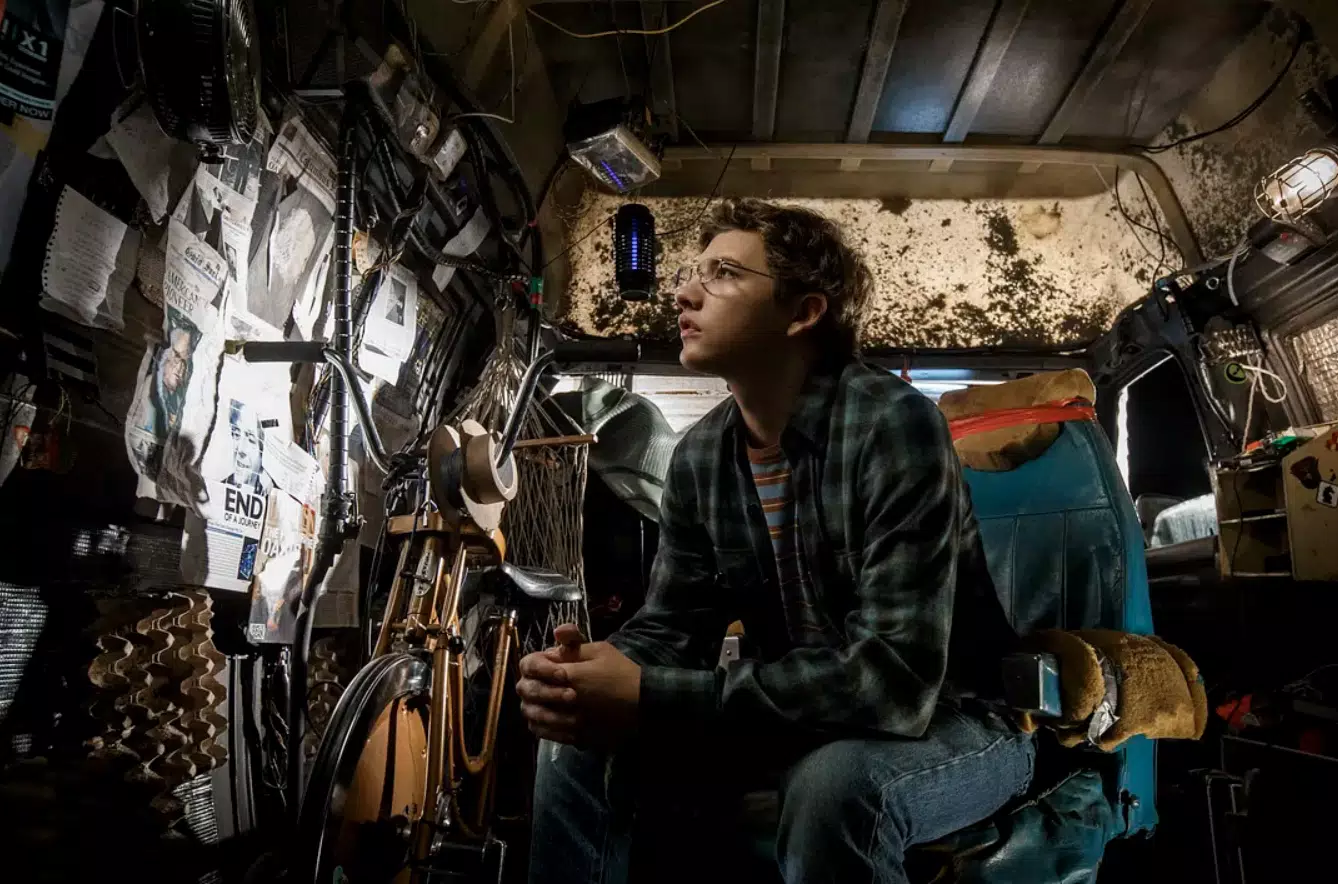
Pleasing non-gamers is actually easier because they don't play games much and aren't very interested in them, so shaping their view of games is easier. For them, going to the cinema is about watching a decent Hollywood movie. The worst opinion would only be, "I'm not into this theme; is the high rating overhyped?" However, pleasing casual gamers and hardcore gamers, who form the largest target audience for this film, is more challenging, especially considering the vast number of casual gamers. If the movie's narrative is too broad, hardcore gamers will find it boring; if it's too narrow, it becomes a celebration within a small circle. How did Spielberg manage it? The highlight lies in the three game levels. These three levels represent three crucial game genres: racing, adventure puzzle-solving, and action role-playing (or one-versus-many or melee).
Spielberg employed his experiential filmmaking technique to present a deluxe version of "watching a live game in the cinema." He skipped the "player skill level" threshold and directly packaged the essence of gaming pleasure for the audience: the first level, the racing game. The essence of racing games lies in the intense urgency of every second, the exhilaration of passing by splendid scenery, and the balance between avoiding obstacles and collecting coins and power-ups. In this dazzling opening, he covered all three elements, leaving gamers and occasional players alike with nothing but admiration, saying, "This game feels spot on!" The second level is the adventure puzzle-solving game. The second level, disguised under the shell of the horror story of Shining, actually transformed horror films into adventure puzzle-solving games with a spooky atmosphere, similar to Silent Hill or Tomb Raider. The core of these games is the thrilling horror atmosphere, with a slightly warm-hearted ending truth, puzzling over critical obstacles amidst twists and turns. Spielberg, once again, checks all the boxes. Tell me, doesn't this movie feel like a game? The third level is the multiplayer online role-playing game (melee).

The third level game is a potpourri. The teamwork between allies resembles World of Warcraft, the frantic slaughter between two armies resembles Dynasty Warriors, and the simultaneous appearance of IP characters from different times and spaces resembles a melee. The climax of this segment is undoubtedly the appearance of Gundam, akin to a powerful move from a teammate in the midst of a tense standoff between two armies. Why did the appearance of Gundam bring tears to many? On the one hand, it's due to familiarity with the IP, and on the other hand, it's because the captivating game situation had already tightly gripped the audience's nerves. Gundam's appearance combines friendship among teammates, admiration for gaming wonders, and the exhilaration of a comeback victory. Isn't this the charm of gaming?
Spielberg's feat of making a gaming film is truly admirable, and it is not merely based on over 100 Easter eggs. He is someone who genuinely understands the allure of gaming and, through cinematic means, magnifies and presents the essence and sensory stimulation of games on the big screen. However, aside from the sensory stimulation of gaming, he also has his own philosophical contemplation about games. Though he didn't delve deeply into these for the sake of making a more enjoyable and lighthearted commercial film, his positioning of "games" as a product and his attitude toward how we should view "games" as a consumable product of artificial spirit is embedded in the three-level puzzle clues.

Is dazzling the audience enough for a game? Clearly not. Parents, children, gamers, and non-gamers all head to the cinema, and the film's worldview and values regarding the gaming world can withstand scrutiny from various perspectives.
What exactly is Spielberg's game philosophy? Firstly, the major plotline of the film, clearing the game and winning prizes, is essentially just a treasure hunt, right? Are these levels designed by Halliday, the game god who created the Oasis, just testing challengers' knowledge of his life gossip? Certainly not. These three-level puzzles are meant to select his heir. This heir not only inherits his wealth but also the future of the Oasis. Therefore, even with all the workforce and resources Nolan, the antagonist, invests, he cannot win. The game levels set by Halliday are destined to filter out ideologies about gaming that he doesn't approve of. The clue at the first level is that the rules of the game world and the real world should be different or even opposite. The game world shouldn't mimic or replicate the real world. On a smaller scale, this is about the imagination of game design. A large part of the enjoyment of games comes from their stimulation of our imagination and our admiration and pursuit of the great imagination of game creators. If even the game world, a realm meant to be imaginative, adheres to conventional norms like the real world, what's the point of gaming? Although game consoles are becoming increasingly powerful, with games becoming more realistic, what gamers want is a fun game, not a replica of reality. On a larger scale, the imagination and unconventional rules of the game world define the boundary between reality and virtuality, separating the truth of reality from the fiction of the game. In the middle of the film, there's a scene where the protagonist's team turns off Nolan's equipment, simulating his real-life environment, making him believe he's in reality while he's actually in the game.
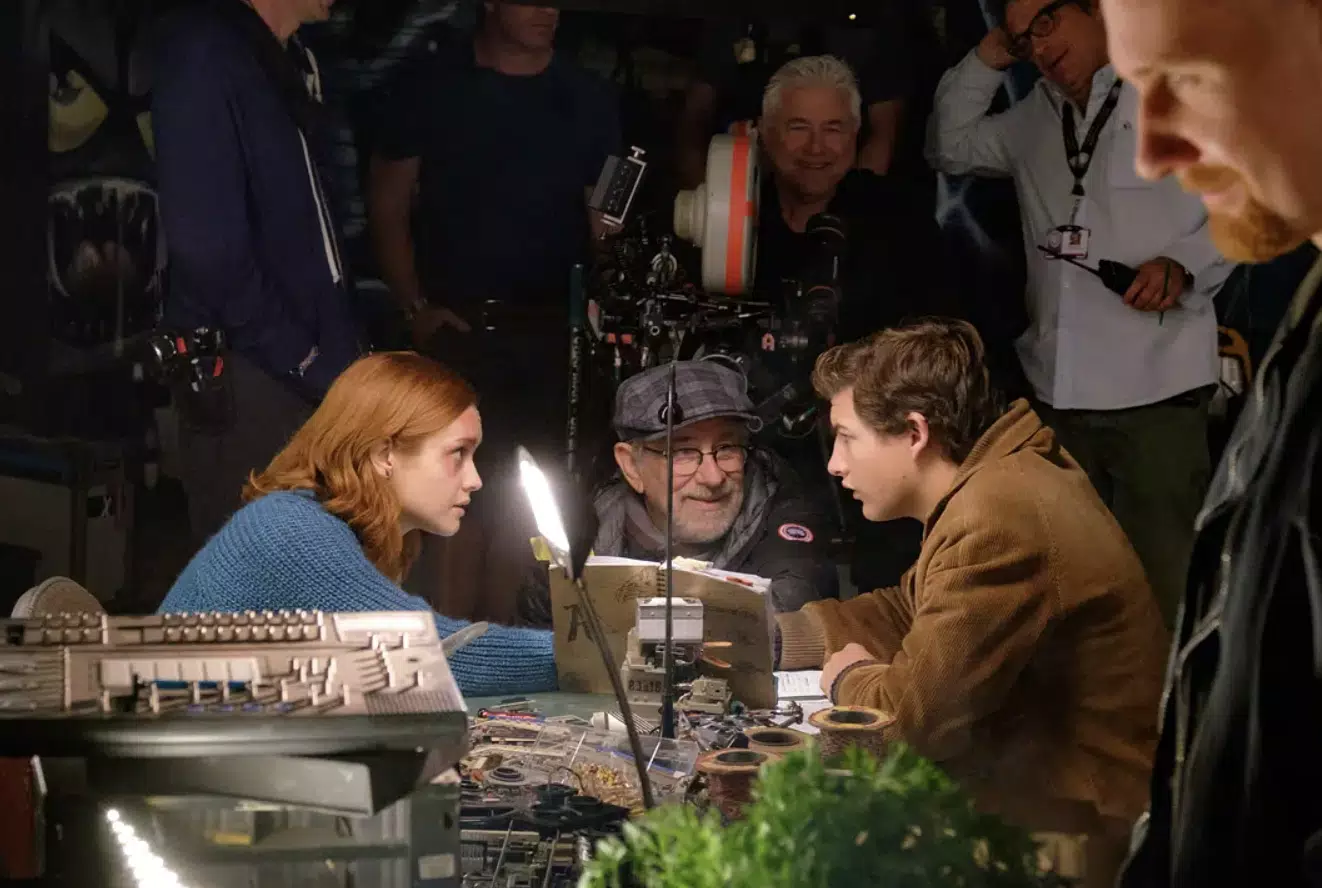
This illustrates that with the technology of the era depicted in the film, convincingly mimicking realistic environments is achievable. However, the visuals of the Oasis remain dazzlingly surreal. This is Halliday's choice. Any player can instantly discern what's real and what's game. The clue in the second level is that although the virtual game world is cool, we must face the real world because that's what's real. Halliday could control everything in the virtual game world, but he had enormous regrets in real life. The love of his life was the only girl he ever dated, but he never took a crucial step forward due to his timidity. He buried this regret in the game. Only those who understand this regret can pass this level, and players who do will be deeply moved, rethinking the game world they see. This resonates with the scene at the end where the young Halliday steps out of the game room. It's not just an ordinary anti-addiction system; Halliday hopes future administrators of the "Oasis" understand that the game world is fake. Although it brings players highly refined happiness, it's just a candy, not a meal. The game world cannot replace the real world. We still need to immerse ourselves in real joy and sorrow. In the end, all achievements in the game world cannot compensate for the regrets in real life.
Even though life may not be perfect, it's real. Reality, compared to the happiness in the game, holds more weight. No matter how dazzling the game world is, it's only a supplement to reality, not a substitute. This viewpoint is very similar to the values portrayed in "The Matrix," but it's presented in a candy-coated, easily digestible teenage-friendly version, unlike the darkness and heaviness of "The Matrix." The clue in the third level is that the core value of games is "winning" or "playing." The third level talks about the most important point: what exactly are the two sides in the film fighting over? If it's simply about winning Halliday's wealth, then both sides' positions should be neutral. But why, in the film, do the protagonists seem to have a halo of justice? Why do the antagonists appear so evil? They have a fundamental disagreement about the value orientation of games, whether they should be "winning" or "playing." If the value orientation of games is "winning," the game world will become a cruel, intensified version of the real world. Players' dominance in the game will doubly unleash participants' evil intentions. What did Nolan's IOI do? "Pay-to-win players" rule the world; non-paying players become livestock players within IOI, completely losing their individuality; average players fall into debt for pay-to-win, betraying teammates, and so on…
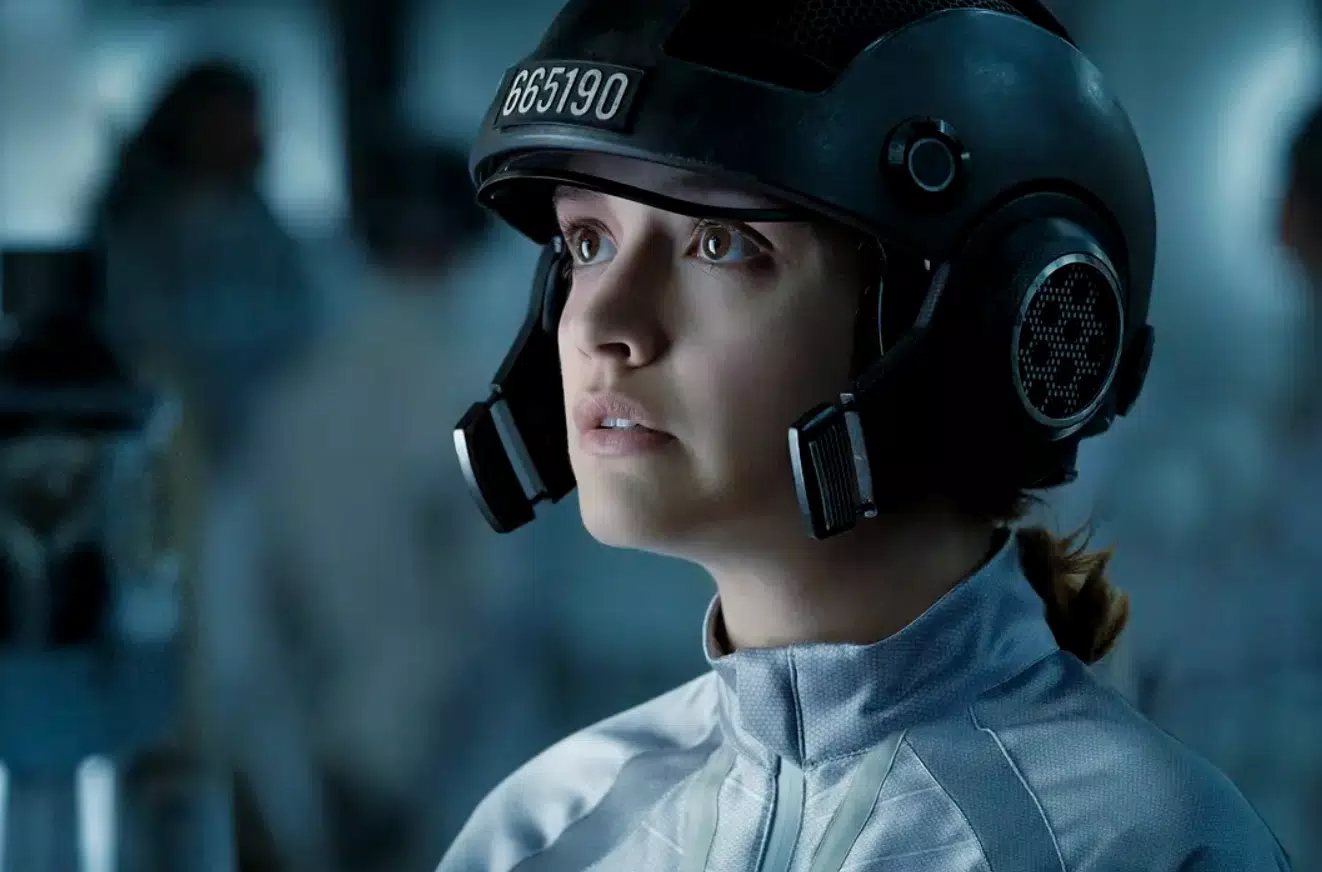
In other words, if bad values dominate technology, it not only won't bring positive changes to our lives, but on the contrary, technological progress will accelerate the release of human evil, making exploitation and oppression heavier. Why is the group led by the female protagonist called the "resistance army"? Where there's oppression, there's resistance. Once IOI's values dominate the game world, more players will fall into the abyss. However, Halliday and Spielberg's ideal game world shouldn't be like this, so they chose to define the core of the game as "playing" a group of people as the final successors. Because in games where "playing" is the goal, it sparks their goodness, leading them towards the better side of human nature. Lonely children find friends, reclusive otaku find lovers, and losers in life find joy. In the final melee, every player has their own rich gaming persona, thousands of faces, evolving not towards a single "strong" direction. Everyone can have fun in the game world. Because the value is "playing," there's diversity, and with diversity comes personalized happiness experiences. Only such a world can benefit the most people.
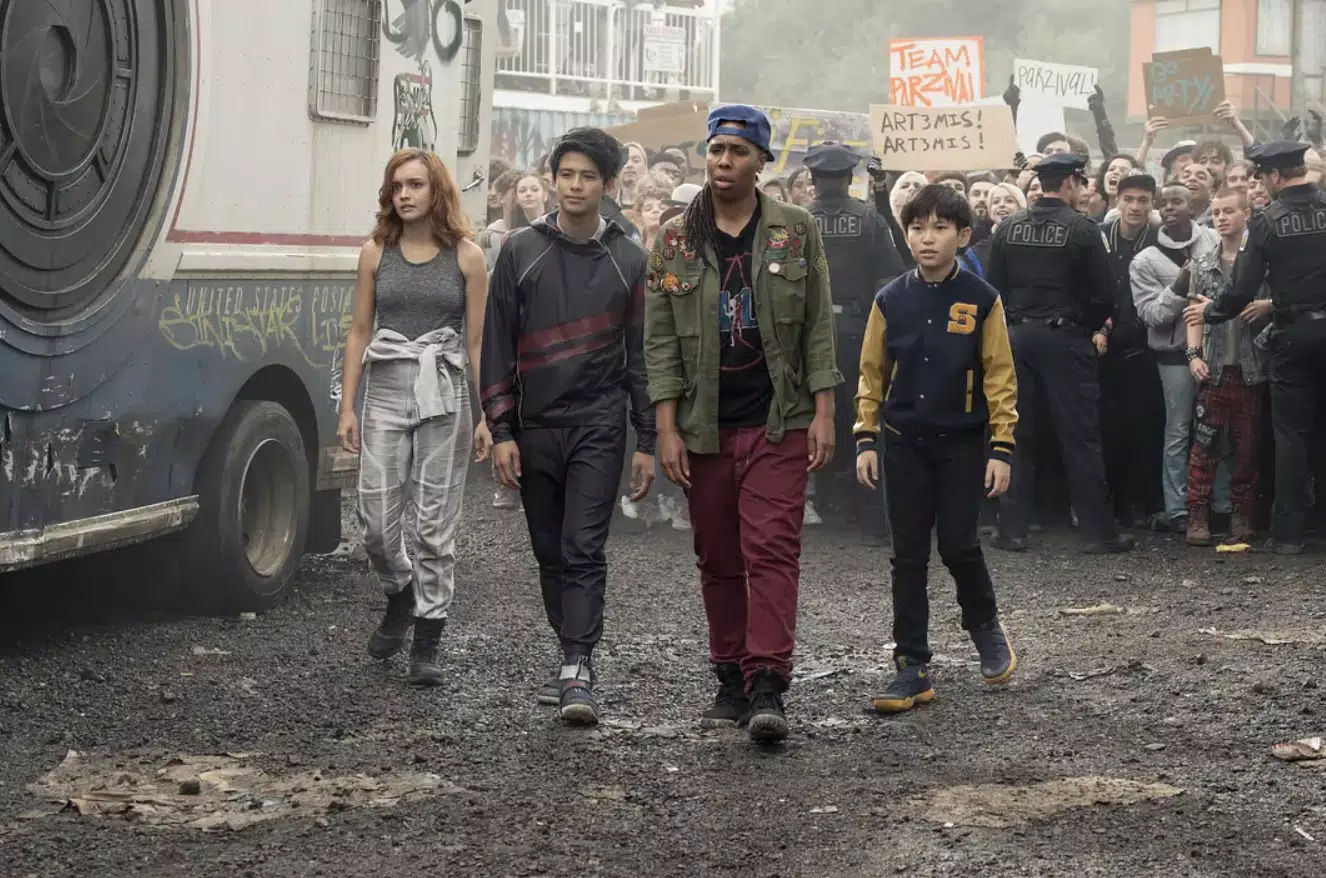
Real life has already exhausted people. If the gaming world doesn't offer a breather, if it still has to fight for the word "win," then what's the point of the gaming world? So, IOI, Nolan is definitely going to fail to win in the Oasis. Whether it's Halliday or Spielberg, their game philosophy concludes with: "Thank you for playing my game." Not "Thank you for winning my game."
At the end of the movie, the tear shed by the male protagonist should also be dedicated to every gamer: thank you for bringing me joy, not oppressing me, exploiting me, using me, or looking down on me. In a joyful game, our relationship should be like these two kindred spirits, understanding and supporting each other through thick and thin.
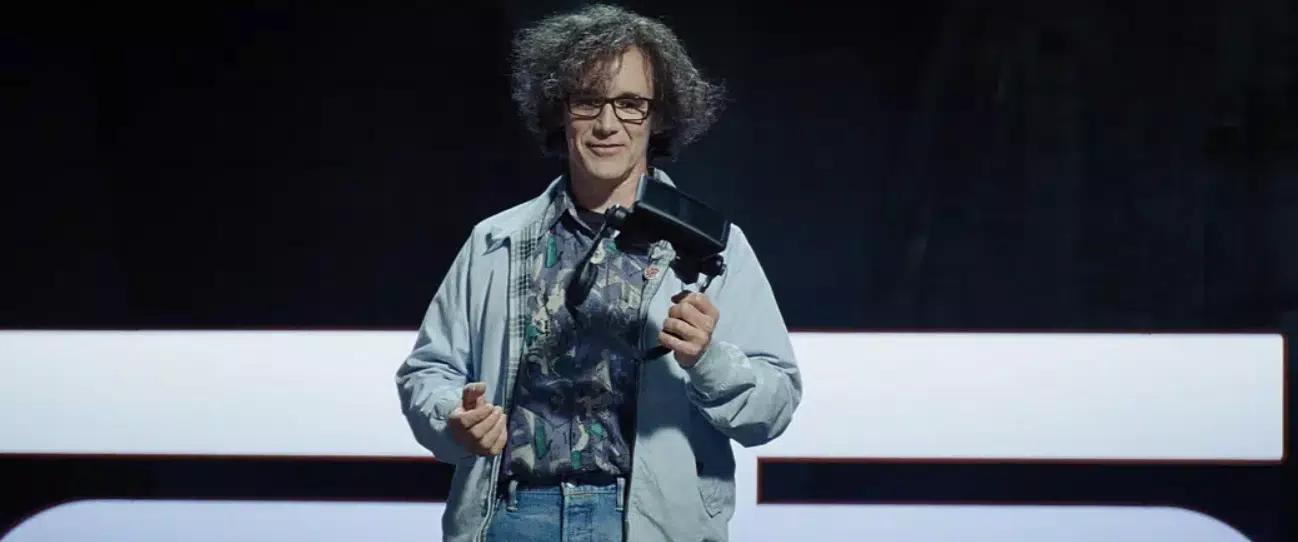






Share your thoughts!
Be the first to start the conversation.